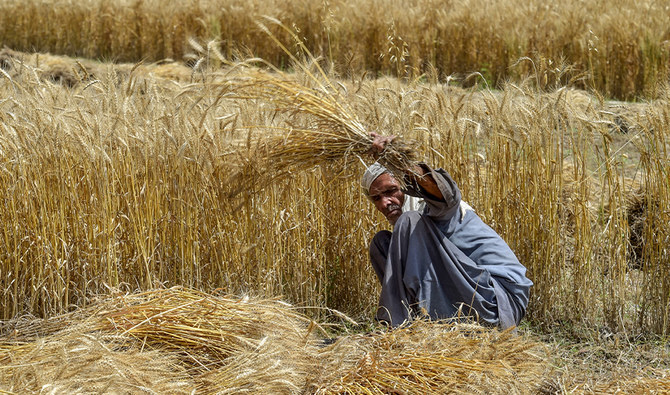By: Dilbar Ali
In recent decades, Pakistan has been severely affected by a series of climate disasters, including devastating floods, powerful earthquakes, and dangerous landslides. These events have led to tragic deaths, destroyed homes, and disrupted many lives and livelihoods. In addition to these catastrophic events, the citizens of Pakistan are also frequently faced with daily hazards like electrocution, road accidents, snake and insect bites, drownings, and fire incidents. Together, these dangers worsen the already dreadful circumstances the country finds itself in and serve as a stark reminder of the growing catastrophe brought on by the impending threat of climate change, which has a negative impact on Pakistan’s chances for the future.
The Global Climate Risk Index has painted a stark picture of Pakistan’s predicament, placing it among the top countries severely impacted by extreme weather conditions. This indicator is a depressing reminder of the direct correlation between rising global temperatures and an increase in catastrophic natural disasters, which affect many countries equally, irrespective of their economic standing or geopolitical might. The particularly acute susceptibility of Pakistan to such disasters is further intensified by the rampant deforestation that has marred the country’s landscape since its founding in 1947. The forest cover has dramatically plummeted from 33 percent at the country’s inception to a mere 5 percent today, with a shocking 20 percent decline occurring since 2000 alone. This drastic reduction has earned Pakistan the unfortunate distinction of being the second most deforested nation in Asia. The undesirable consequences of deforestation are manifold. The vanishing forests contribute significantly to increased local temperatures, which in turn adversely affect the glaciers located in Pakistan’s northern regions. Because of the freshwater they supply, these glaciers are vital to the existence of millions of people, yet their extraordinary melt rates pose a threat to their survival. Floods from glacial lake outbursts might destroy settlements downstream as a result of this melting. Over recent years, Pakistan has experienced a significant rise in climate-related incidents, amplifying the existential threats confronting cities like Karachi. The relentless rise in sea levels, projected to submerge these coastal metropolises by 2060, is bringing attention to the urgency of the situation. Meanwhile, unpredictable weather patterns inland have unleashed a harsh combination of flooding and drought, severely affecting agricultural production and prompting mass migrations from rural to urban areas. Despite the government’s best efforts, the response has often been hindered by a lack of planning and coordination, seriously impeding the creation of proactive and effective measures to address these issues. As Pakistan places it at a crossroads of escalating climate risk and the imperative for sustainable development, the need for swift and decisive action is more pressing than ever. The nation needs a strong, comprehensive response plan supported by well-thought-out legislation, active community involvement, and increased international collaboration. Addressing the short-term effects of climate change while also laying the groundwork for long-term resilience is a difficult task. This strategy aims to lead Pakistan towards a future where prosperity is not merely an elusive ambition, but a sustainable reality. It requires a harmonious fusion of economic growth, environmental stewardship, and social cohesion.
As every day passes with action postponed, more lives are endangered and the environment suffers further devastation. The recent events in the United Arab Emirates, which experienced unprecedented rainfall, serve as a poignant reminder of the indiscriminate nature of climate-induced disasters. In comparison, Pakistan faced even more destructive flooding in 2022, with rainfall figures surpassing 355 millimeters. The repercussions of these floods are still felt today, with numerous families displaced and communities struggling to rebuild. It is no longer enough to only increase resilience, addressing the underlying causes of climate change is also necessary. This means taking bold steps to cut greenhouse gas emissions, reduce carbon outputs, and begin massive reforestation projects.
At a pivotal moment, Pakistan finds itself where the paths of climate action and sustainable development converge. The call to action is clear and urgent. If appropriate action is not taken, millions might be ruined in a future damaged by social unrest and environmental catastrophe. It is imperative to chart a course toward a more secure, resilient, and sustainable future for Pakistan and the wider world.



